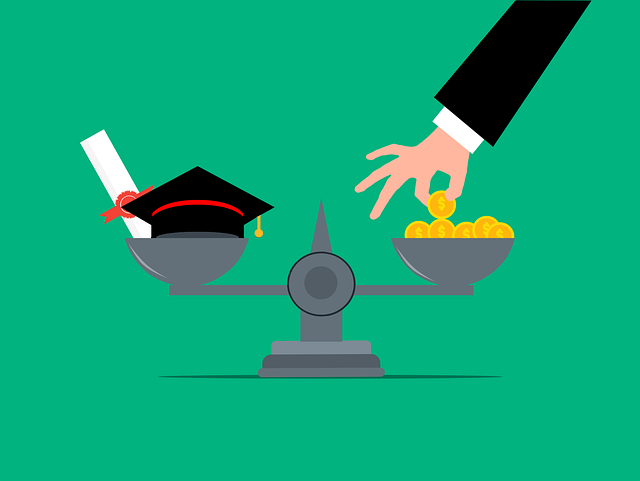Borrowing for college? Learn everything about federal and private student loans, repayment options, and how to avoid excessive debt in 2025.
Student Loans—A Door to Opportunity or a Lifetime of Debt?
For millions of students, loans are the only way to attend college. While higher education can be a great investment, student loan debt has become a financial burden for many.
Before signing your name on the dotted line, it’s important to understand what types of loans are available, how interest works, and what your repayment options are. Let’s break it down.
Types of Student Loans in 2025
1. Federal Student Loans
Offered by the U.S. Department of Education, federal loans generally offer better protections and lower interest than private ones.
-
Direct Subsidized Loans – Based on financial need. The government pays interest while you’re in school.
-
Direct Unsubsidized Loans – Available to all students, regardless of need. Interest accrues while you’re in school.
-
PLUS Loans – For graduate students or parents. Higher interest but higher borrowing limits.
2. Private Student Loans
These come from banks or lenders and require a credit check. Often used when federal aid doesn’t cover all costs.
-
May have variable interest rates
-
Often need a cosigner
-
Fewer repayment protections
Key Changes in 2025 You Should Know
-
Federal interest rates reset annually (usually around July 1st)
-
Income-driven repayment plans now more accessible
-
Loan forgiveness programs for public servants are improving and becoming more transparent
-
Some colleges offer no-loan aid packages—research is key!
How Much Should You Borrow?
Just because you’re offered $25,000 doesn’t mean you should take it. Here’s how to borrow wisely:
-
Calculate the total cost of attendance minus scholarships and grants
-
Only borrow what you absolutely need for tuition, books, and living expenses
-
Use the rule of thumb: don’t borrow more than your expected first-year salary after graduation
Repayment Options After Graduation
-
Standard Repayment Plan – 10 years, fixed monthly payments
-
Graduated Repayment Plan – Starts low, increases over time
-
Income-Driven Repayment (IDR) – Caps payments at 10-20% of your discretionary income
-
Public Service Loan Forgiveness (PSLF) – Forgives remaining balance after 120 qualifying payments for government and nonprofit workers
💡 Pro Tip: Always check your loan servicer’s website for up-to-date info and repayment calculators.
Avoiding Common Student Loan Mistakes
-
Ignoring interest accrual while in school
-
Not understanding the difference between subsidized and unsubsidized loans
-
Failing to track loan servicers or total debt
-
Skipping grace period planning
Conclusion: Be a Smart Borrower from Day One
Student loans aren’t “bad,” but unmanaged borrowing can ruin your finances before you even start your career. Understand your options, borrow only what’s necessary, and start planning for repayment before you graduate. Your future self will thank you.


No responses yet